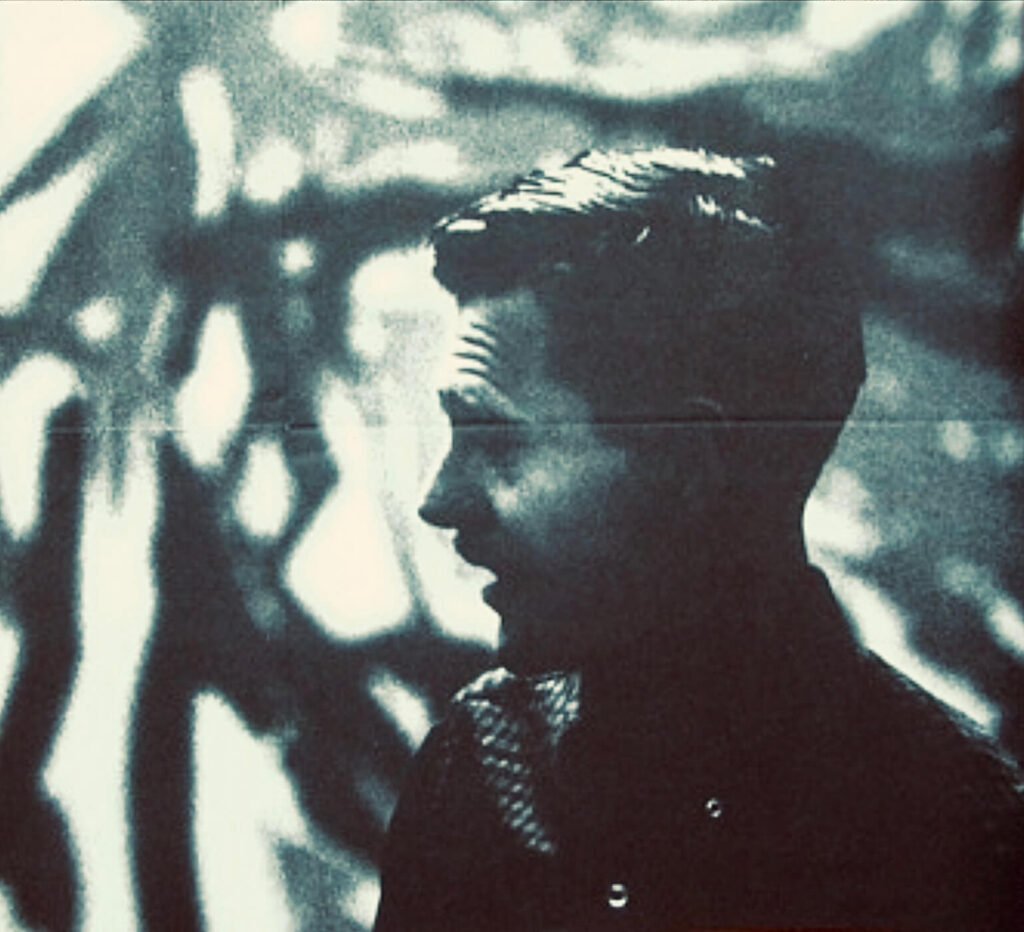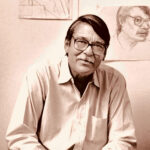Ernest Briggs
Ernest Briggs (1923-1984) was a prominent American painter and a key figure in the Abstract Expressionist movement. Known for his bold brushwork, vibrant color palettes, and dynamic compositions, Briggs made significant contributions to the art world in the mid-20th century. This biography explores Briggs’s life, his artistic development, and two of his most important artworks, illustrating his impact on modern art.

Early Life and Education
Ernest Briggs was born on December 24, 1923, in San Diego, California. From a young age, Briggs showed a keen interest in art, often drawing and painting scenes inspired by his surroundings. His talent and passion for art led him to pursue formal education at the Schaeffer School of Design in San Francisco, where he honed his skills and developed a deep appreciation for modern art movements.
Briggs’s education was interrupted by World War II, during which he served in the United States Navy. After the war, he continued his studies, enrolling at the California School of Fine Arts (CSFA) in San Francisco. At CSFA, Briggs studied under influential artists such as Clyfford Still, Mark Rothko, and Richard Diebenkorn, who were pivotal figures in the development of Abstract Expressionism. These mentors encouraged Briggs to explore abstraction and pushed him to experiment with new techniques and forms.
Move to New York and Artistic Development
In 1953, Briggs moved to New York City, a major hub for the burgeoning Abstract Expressionist movement. This move was a crucial step in his career, allowing him to immerse himself in the vibrant art scene and engage with leading artists of the time. He became associated with the New York School, a group of avant-garde artists known for their innovative approaches to painting and sculpture.
Briggs’s work during this period was characterized by bold, gestural brushstrokes and a vibrant use of color. His paintings often featured dynamic compositions that conveyed a sense of movement and energy. Inspired by the works of Jackson Pollock, Willem de Kooning, and Franz Kline, Briggs developed a unique style that combined elements of action painting and color field painting.
Career and Recognition
Throughout the 1950s and 1960s, Briggs’s work gained recognition through numerous solo and group exhibitions. He exhibited at prominent galleries such as the Stable Gallery, the Whitney Museum of American Art, and the Museum of Modern Art. His paintings were celebrated for their emotional intensity and innovative use of abstraction, earning him a place among the leading figures of the Abstract Expressionist movement.
Briggs’s ability to convey emotion through color and form was a defining feature of his work. He often used large canvases to create immersive experiences for viewers, inviting them to engage with his compositions on a visceral level. His paintings were both spontaneous and meticulously composed, reflecting his belief in the power of abstraction to communicate complex ideas and emotions.
Important Artworks
“Untitled” (1956)
One of Ernest Briggs’s most significant works, “Untitled” (1956), exemplifies his mastery of abstract expressionism. The painting features a dynamic composition of bold, gestural brushstrokes in rich hues of red, blue, and black. The interplay of colors and forms creates a sense of movement and energy, drawing the viewer into the composition.
This work reflects Briggs’s interest in capturing the emotional and psychological aspects of human experience through abstraction. The bold brushstrokes and vibrant colors convey a sense of urgency and intensity, while the layered textures add depth and complexity. “Untitled” (1956) is a powerful example of Briggs’s ability to create compositions that are both visually striking and emotionally resonant.
“Composition No. 4” (1957)
Another important work in Briggs’s oeuvre is “Composition No. 4” (1957), a large-scale painting that showcases his innovative use of color and form. The painting features a complex arrangement of abstract shapes and lines, rendered in a vibrant palette of blues, greens, and yellows. The composition is both chaotic and harmonious, reflecting Briggs’s ability to balance spontaneity with structure.
“Composition No. 4” demonstrates Briggs’s commitment to pushing the boundaries of abstraction. The interplay of colors and forms creates a sense of depth and movement, inviting the viewer to explore the nuances of the composition. This work highlights Briggs’s skill in creating dynamic, engaging paintings that challenge traditional notions of representation.
Later Career and Teaching
In the 1960s and 1970s, Briggs continued to evolve as an artist, incorporating new techniques and materials into his work. He experimented with different mediums, including collage and mixed media, and explored new themes and concepts. His later works often featured a more subdued palette and a greater emphasis on subtle tonal variations, reflecting his ongoing exploration of abstraction.
Throughout his career, Briggs was also dedicated to education and mentorship. He taught at several institutions, including Pratt Institute, Yale University, and the School of Visual Arts in New York. His commitment to teaching and his influence on younger artists extended his impact beyond his own work, contributing to the ongoing development of abstract expressionism.
Personal Life and Philosophy
Briggs’s personal life was marked by his dedication to his art and his relationships with fellow artists. He maintained close friendships with many of his contemporaries, including Jackson Pollock and Willem de Kooning, whose ideas and techniques deeply influenced his work. These relationships provided a supportive network that nurtured his creativity and inspired his work.
Briggs viewed his paintings as a form of self-expression and exploration, a way to engage with the world and convey his inner vision. He believed in the power of abstraction to evoke emotional and intellectual responses, and his work often reflects a deep sense of curiosity and wonder about the human experience.
Legacy and Influence
Ernest Briggs’s legacy as an artist lies in his ability to create a unique visual language that combines emotion, movement, and color. His innovative use of gestural abstraction and his dynamic compositions have left a lasting impact on the field of modern art, influencing generations of artists and viewers.
Briggs’s works are included in the collections of major museums and galleries around the world, including the Museum of Modern Art in New York, the Whitney Museum of American Art, and the San Francisco Museum of Modern Art. His influence extends beyond his own paintings, as he also played a crucial role in advocating for the recognition and inclusion of abstract artists within the art world.
Conclusion
Ernest Briggs’s artistic journey is a testament to his creativity, resilience, and profound understanding of color and form. Through his innovative use of gestural abstraction and his dynamic compositions, he created a body of work that continues to inspire and challenge viewers. “Untitled” (1956) and “Composition No. 4” (1957) are just two examples of his ability to convey complex ideas and emotions through abstract forms and vibrant colors. Briggs’s legacy as a master of abstract expressionism and a pioneer of modern art ensures that his work will continue to resonate with audiences for years to come.



